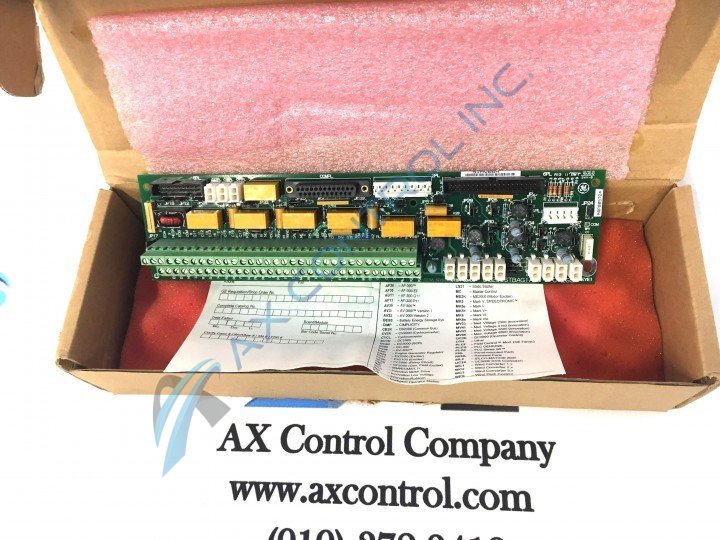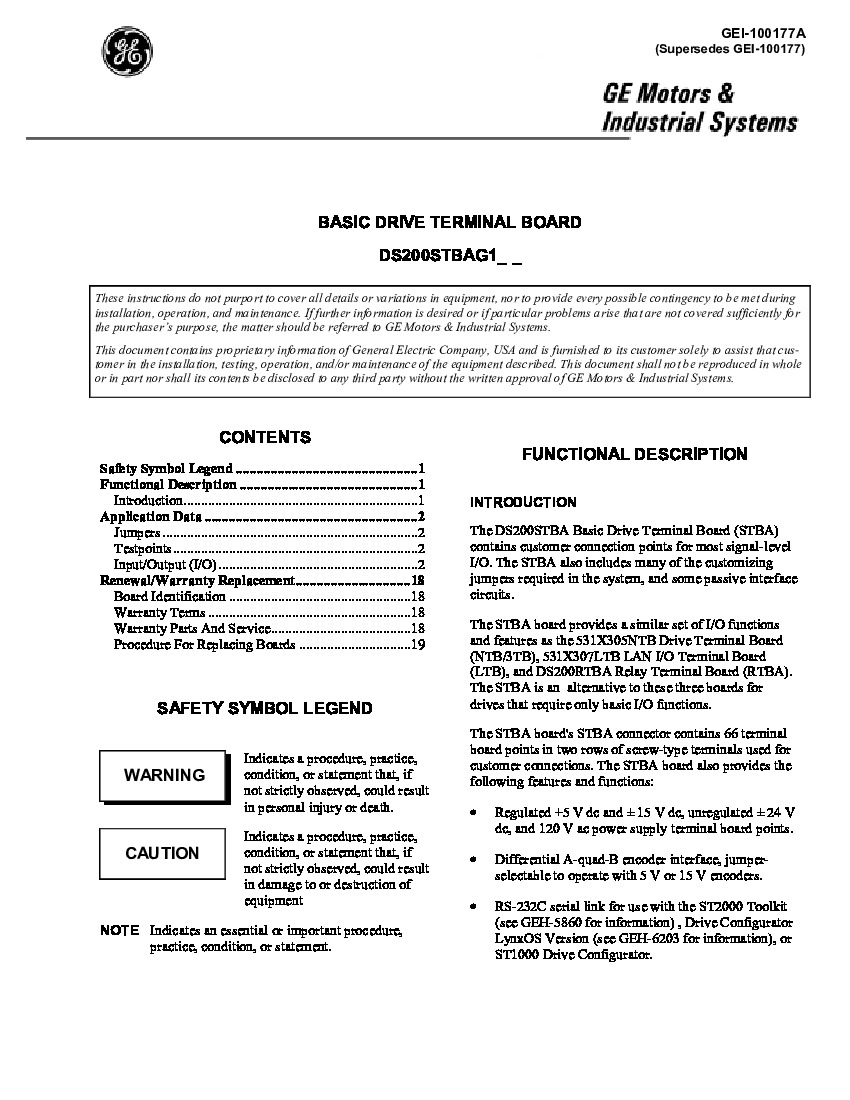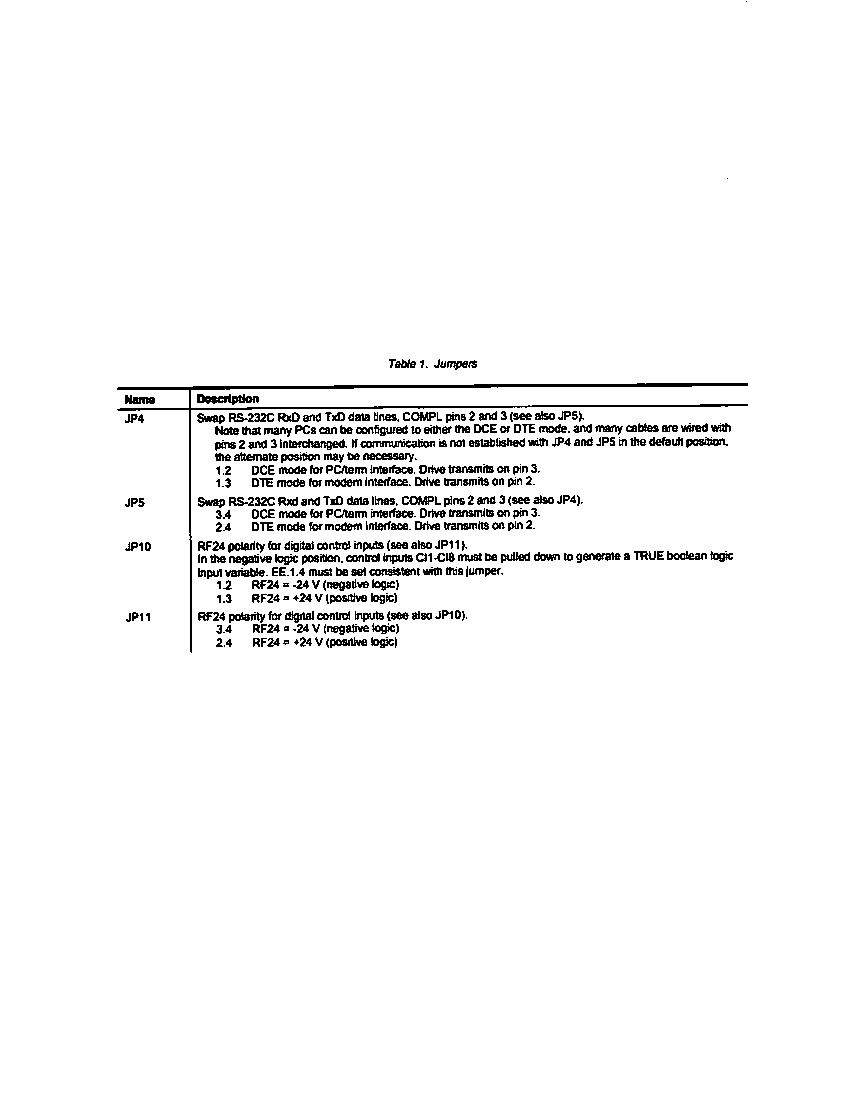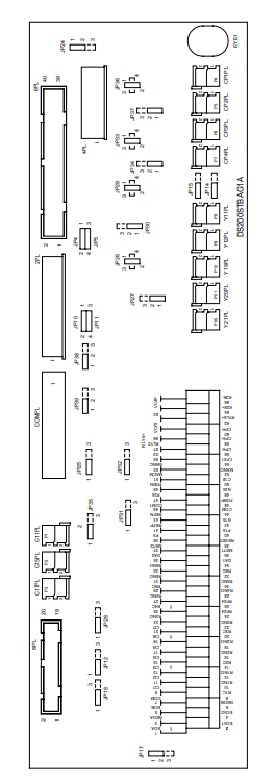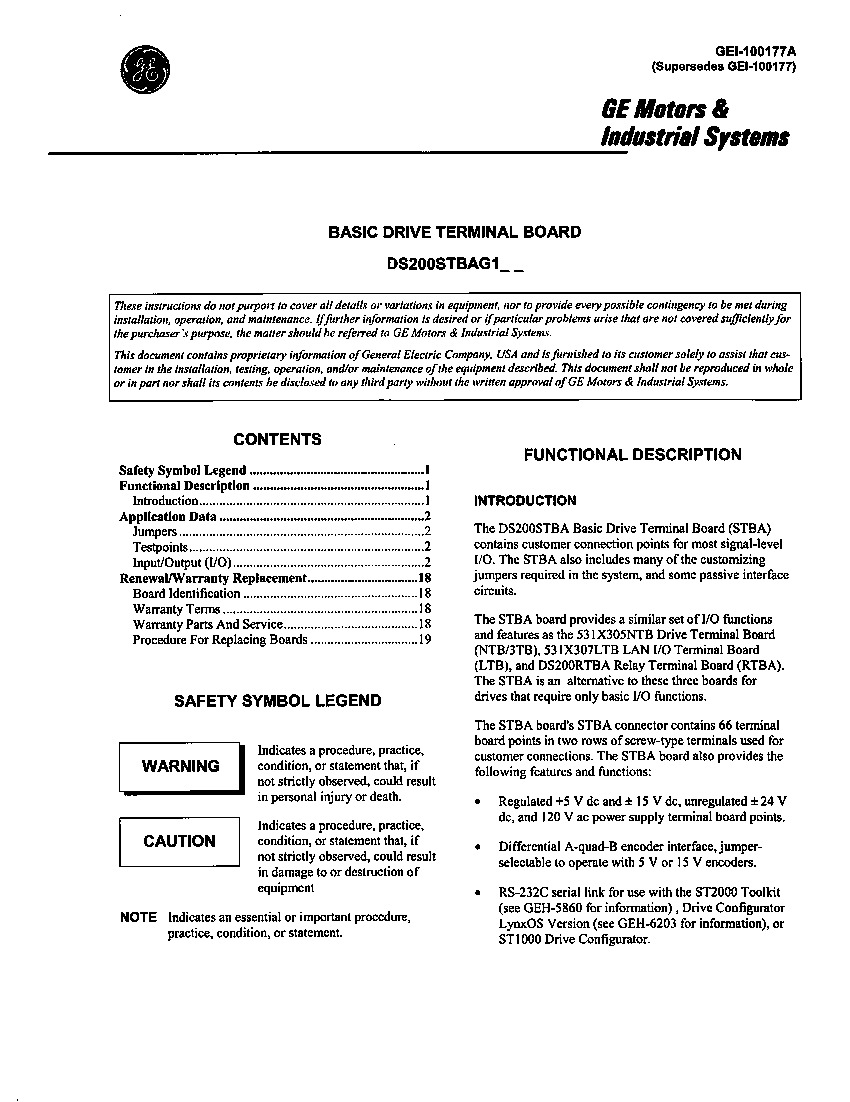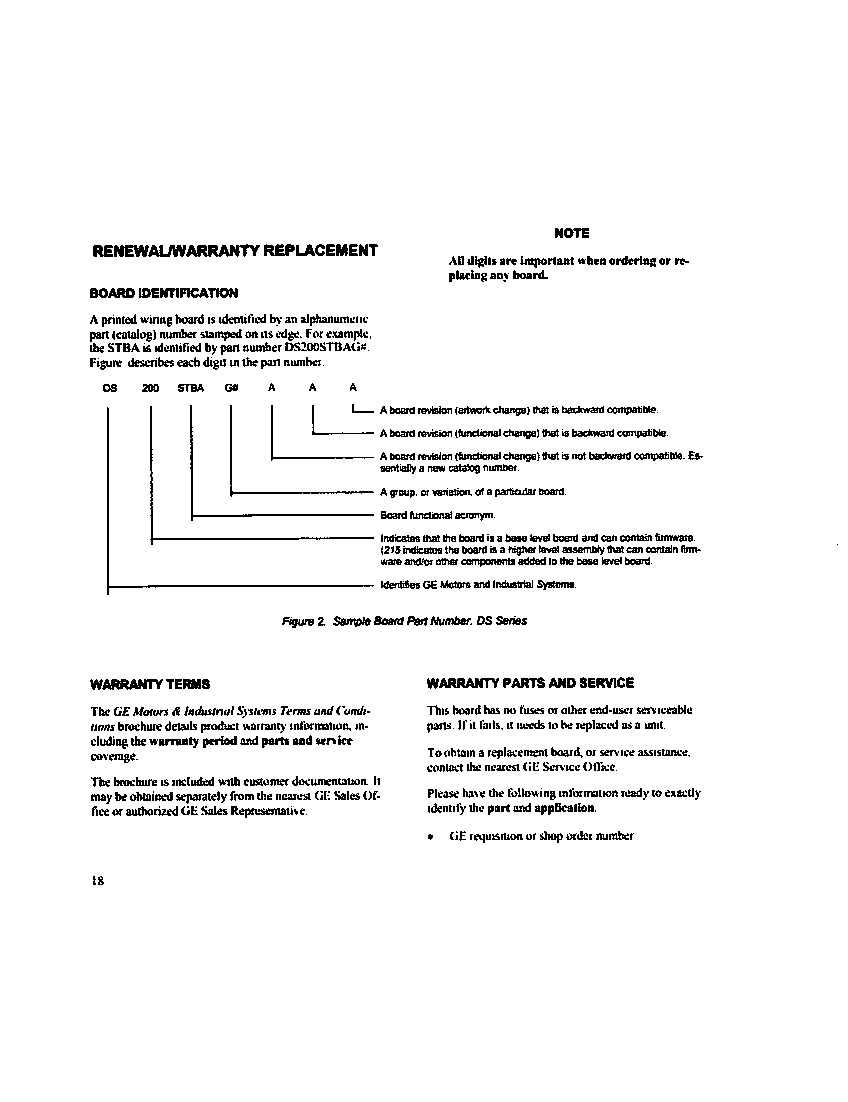About the DS200STBAG1ABB
As distinguished just above in its short product description, this DS200STBAG1ABB printed circuit board product offering was originally manufactured by General Electric, specifically for placement in their Mark V Turbine Control System Series. In a rather self-explanatory turn, the Mark V Series that this DS200STBAG1ABB printed circuit board or PCB for short belongs to has specific application in the management and control systems of popular and compatible wind, steam, and gas turbine automated drive assemblies. With this being true, this DS200STBAG1ABB Device's greater Mark V Series must be considered a legacy General Electric product series; as it was discontinued for manufacture in one of the many years following its initial Mark Series release. This DS200STBAG1ABB PCB's Mark V Series is considered quite the hot commodity on the general automated industrial marketplace despite its manufacturer-identified obsolescence, however, as it exists as one of the final-developed GE Mark product series to make use of the patented Speedtronic control system technology first seen with the conception of the Mark I Series in the late 1960s.
Hardware Tips and Specifications
The GE Basic Drive Terminal Board DS200STBAG1ABB provides connection points for I/O signals. This specific Mark V Series functionality, as with any PCB available to our new and reconditioned inventory here, was achieved by its internal assembly's acceptance of a specific series of hardware components and component specifications. The RS232C connector on the DS200STBAG1ABB is useful for configuring, diagnosing, and troubleshooting purposes. Drive configuration software packages are available that you can install on a laptop computer or other device. Obtain the type of cable you need to connect the board and the laptop. Note the type of connector that is required on the board and on the laptop and connect the devices. If you are unable to connect you might consider moving JP4 and JP5 to the alternate positions. This changes the connector pin signals and it might match the connector pin assignments the laptop requires. Also, check the configuration values of the laptop, check the installation of the configuration software package, and reconnect the cable to ensure it is fully connected. While most of the connectors in this DS200STBAG1ABB PCB are available for user-established connections, some of its available links are include for GE factory connection purposes only. This DS200STBAG1ABB PCB's factory use-only connectors include:
- The CP1PL-CP4PL Factory 115 V ac source for panel power connector
- The CI1PL Factory use connector
- The CI5PL Factory use connector
- The CI7PL Factory use connector
- The Y11PL, Y12PL factory interlock circuits connectors
- The Y19PL-Y21PL factory brake control circuits connectors
All of the previously-listed factory-use connectors in the normal assembly of this DS200STBAG1ABB PCV have been named through an amalgamation of their factory-printed instructional manual materials as well as the specific type of signal that they were designed to transmit. Only remove and replace the DS200STBAG1ABB when all power is removed from the drive. This also applies to attempting to remove cables from the board. Power can exist in the board after power is removed from the drive. So, test the board for power before you touch it or attempt to remove cables from it. Static electricity can easily build up in a board and cause damage to the board or the drive. To prevent static build up, only remove the replacement board from the static protective bag right before you install it in the drive. Also make sure to wear a grounding strap when you are working with the board or the drive. This DS200STBAG1ABB PCB's functional product number reveals additional DS200STBAG1ABB board details in a series of functional naming segments; including this DS200STBAG1ABB Board's normal Mark V Series assembly, its domestic original manufacture location, its STBA functional product acronym, its normal PCB coating style, its group one Mark V Series product grouping, and finally its full, three-fold revision history.


